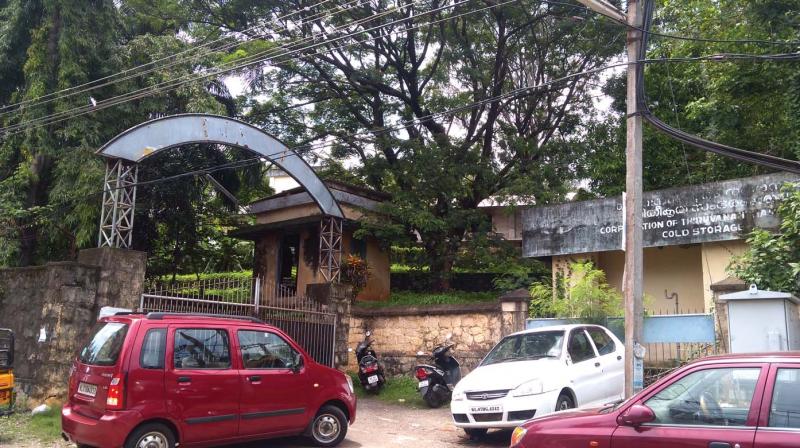Thiruvananthapuram corporation plans to set up one more abattoir

Thiruvananthapuram: The district administration has plans to set up one more slaughterhouse in the city, in addition to modernising the facility at Kunnukuzhy. Thiruvananthapuram Collector K. Vasuki told DC, “We are hoping to have at least two slaughterhouses within the city. We are working on identifying a suitable place. If it works out, it will be good.” It is learnt that there will be a meeting on June 11, where the district administration and the Corporation will discuss the possibility of a second slaughterhouse.
Sources closely involved with the slaughterhouse project say that Thiruvananthapuram needs many more slaughterhouses because even if there are facilities which can slaughter 500 animals a day, it still might not be enough.
Meanwhile sources say that this time, the modernisation plan of Kunnukuzhy slaughterhouse is quite close to implementation. It may be noted here that the plans proposed earlier were discarded after months of pursuing it. After the present council took charge, a Rs 30 crore project was proposed, envisioning a facility which can slaughter 100 animals each day. However, Suchitwa Mission ruled it infeasible as it did not follow the rules governing the licensing of slaughterhouses.
The latest DPR proposes a facility which can deal with 50 cattle and 25 small-sized animals including goat and sheep. The project estimated to cost Rs 9.5 crores has to get Technical Sanction (TS) from Suchitwa Mission, according to a senior Corporation official. Sources say that the TS will come soon. The project with 12 other slaughterhouse projects across the state will be presented before the Kerala Infrastructure Investment Fund Board (KIIFB) in June for its approval. After this, bids can be invited for the project.
Kunnukuzhy, a dreaded haunt
The slaughterhouse at Kunnukuzhy, which was a source of suffering for people residing at Vikas lane, has come back to haunt them in the form that the plant might start functioning again after being modernised. It was not the condition of the machines that worried them but the people who handled it. A retired ISRO engineer, M.M. Yusaph, said that the staff there used to chuck post-slaughter waste into a drain inside the plant. “This would eventually clog the drain. Later, the boundary wall on the side of Vikas Lane would be seen seeping with blood.
Untreated bloody effluents would be let out into the drain. This drain is connected to the drain on our side by a culvert. The waste water would spill onto our road. The smell was so unbearable that having food in our own house was tough,” he said. Upon complaining to the Corporation, the workers would sprinkle lime powder on the effluents spilling onto the roads. However, that did not help. Former Vikas Lane Residents’ Association secretary K.M. Joseph recollects how the association representatives had stormed into the slaughterhouse in 1984 to ask the veterinary doctor posted there to stop polluting their road. “That was the year that our association was formed,” he says.
It was an issue that affected members of Kala Vihar Residents’ Association as well as the drain in front of their houses would be choked by meat waste and some of their kitchens would be full of overflowing drain water. The plant being shut down was in fact a victory for the residents, who had fought a long legal battle. “Slaughterhouse is a necessity and we are not against it. However we are wary of how it will be handled,” says Mr Joseph.

